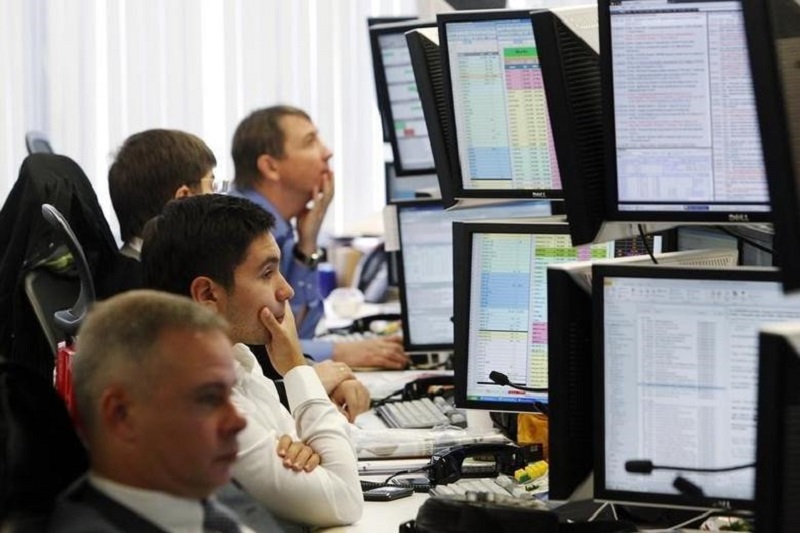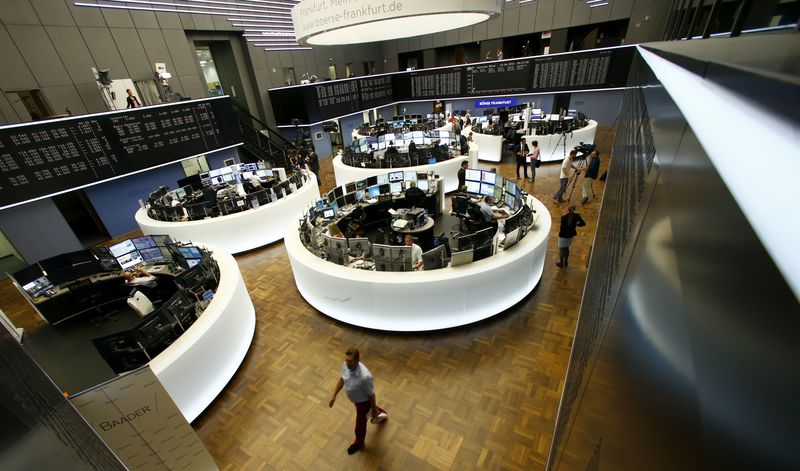By Naomi Rovnick, Dhara Ranasinghe and Nell Mackenzie
LONDON (Reuters) – November was a month of clear winners and losers from Donald Trump’s Nov. 5 U.S. election victory.
Trump trades, essentially punishing tariff-sensitive assets from European exporters to Mexico’s peso and driving investment towards U.S. stocks and the dollar, proved successful. Wall Street has rallied, the dollar gained 2% against rival major currencies and bitcoin surged.
But December could be bumpy, with the Trump trade vulnerable to a potential bond market backlash against fiscal largesse, while tariffs might boost inflation and snarl up supply chains.
“Elevated (U.S.) equity valuations reflect complacency as the more challenging environment we expect is not priced in,” BCA Research said.
Here’s a look at some assets in the spotlight.
1/ CURRENCY WOES
The euro has suffered its worst monthly drop since early 2022, losing just over 3% to around $1.05, on U.S. tariff risks, political upheaval in Germany and France and a sharp regional economic downturn.
Analysts expect more volatility in the $7.5 trillion-a-day currency markets as debate rages about how low the euro can go and whether Trump really will boost the U.S. economy while most others suffer.
Mexico’s peso dropped over 1% against the dollar in November, sterling lost almost 2%. China’s was set for its biggest monthly drop since Aug 2023, down almost 2%.
The key question in FX markets, Monex Europe senior market analyst Nick Rees said, is: “does Trump’s election victory presage a fundamental structural shift in the global economy, or are markets just engaged in a knee-jerk panic?”
2/ BITCOIN, BOOM OR BUST?
If there’s one asset that smashed it out of the park in November, it’s bitcoin.
The crypto currency has surged 37%, briefly eying the $100,000 milestone, on hopes of a more crypto-friendly regulatory environment under Trump.
The last time bitcoin surged as much was February, when money flooded into new bitcoin exchange-traded products.
So, what’s next? For some in the industry, a rise to $100,000 would mark the niche asset finally going mainstream.
“If bitcoin smashes through the $100,000 level… then even more people could find crypto on their radar,” said AJ Bell investment analyst Dan Coatsworth.
Others reckon there is a risk of speculative excess, meaning bitcoin’s surge could just as easily be followed by a sharp fall that catches some investors out.
3/ TECH UNDER TARIFFS
Wall Street’s tech-heavy has scored its best monthly gain since June as Trump ally Elon Musk’s Tesla (NASDAQ:) surged 33% and AI fervour boosted Nvidia (NASDAQ:) even as the chipmaker forecast slower sales growth.
Risks are growing for tech, as Trump’s tariffs plans threaten supply chains and an AI spending splurge by so-called hyperscalers such as Microsoft (NASDAQ:), Meta (NASDAQ:) and Amazon (NASDAQ:) sparks investor anxiety.
“There’s an intense arms race between the main hyperscalers, which could be over-investment,” said Mikhail Zherev, manager of Amati Global Investors’ innovation fund. “We have reduced our exposure (to AI).”
The European Central Bank warned last week of “adverse global spillovers” if an AI “bubble” bursts and the tech stocks that dominate global equity markets slump.
4/ BANK RUN
Investors loved big U.S. banks but loathed European ones.
An index of U.S. banking stocks soared 13% in November, the best month in a year, driven by deregulation hopes under Trump.
But European bank shares have slumped 5% as a weakening economy boosted rate-cut bets. Still, they have rallied 16% so far this year, benefiting from relatively higher lending rates.
Europe’s banks remain net sold by hedge funds “despite good performance” said a JPMorgan prime brokerage note to clients seen by Reuters on Wednesday.
The sector must respond and rev up fee making activities from asset and wealth management as well as dealmaking and investment banking, a Deutsche Bank (ETR:) report said.
5/ BOND BUDDIES NO MORE
November may well mark the month that major bond markets (which usually move together) parted company.
Although end November little changed on the month, the direction matters and that’s pointed higher.
U.S. borrowing costs have surged 60 basis points since mid-September on strong data and expectations for higher inflation and fiscal deficits under Trump’s policies.
Capital Economics sees Treasury yields rising to 4.5% by year-end, from around 4.24% now.
In contrast, Germany’s 10-year yields are down over 20 bps at around 2.15%, set for their biggest monthly fall of 2024, on weakening economic activity, Trump tariff threats and Russia-Ukraine escalation.
In Japan it’s a different story again, with yields set for the biggest monthly jump since May, partly as a post Trump-win yen slide boosts speculation on a rate hike next month.
(This story has been refiled to change the dateline to Nov. 28 from Nov. 29)
Read the full article here



/origin-imgresizer.eurosport.com/2024/11/28/4066688-82471413-2560-1440.jpg)











